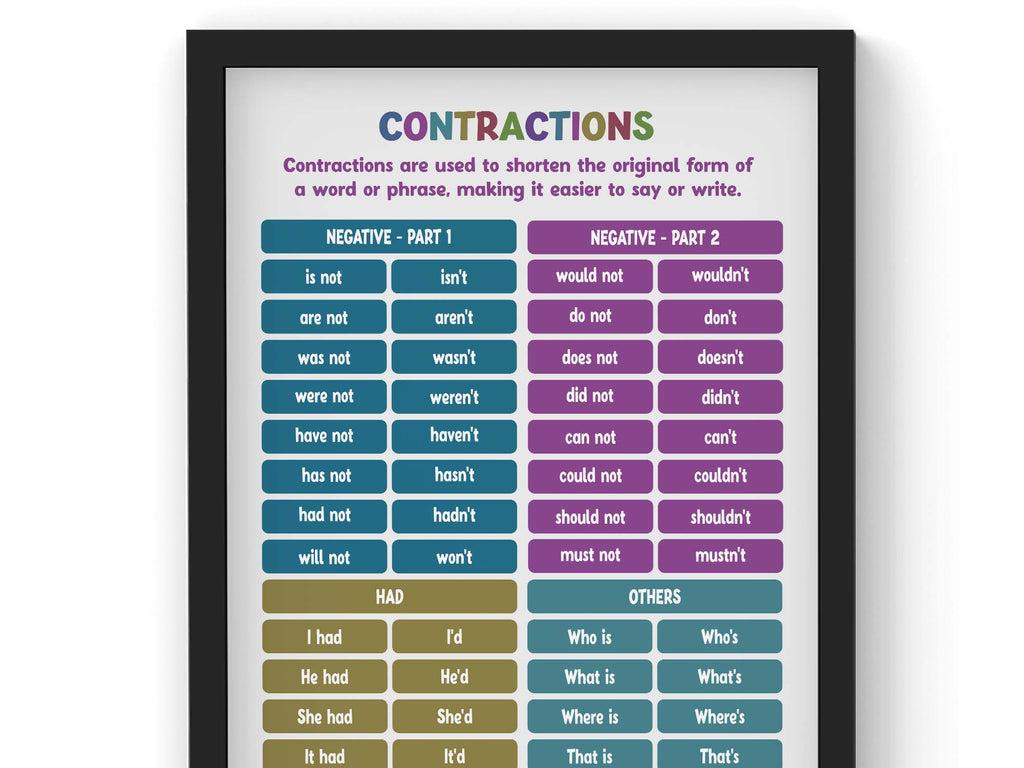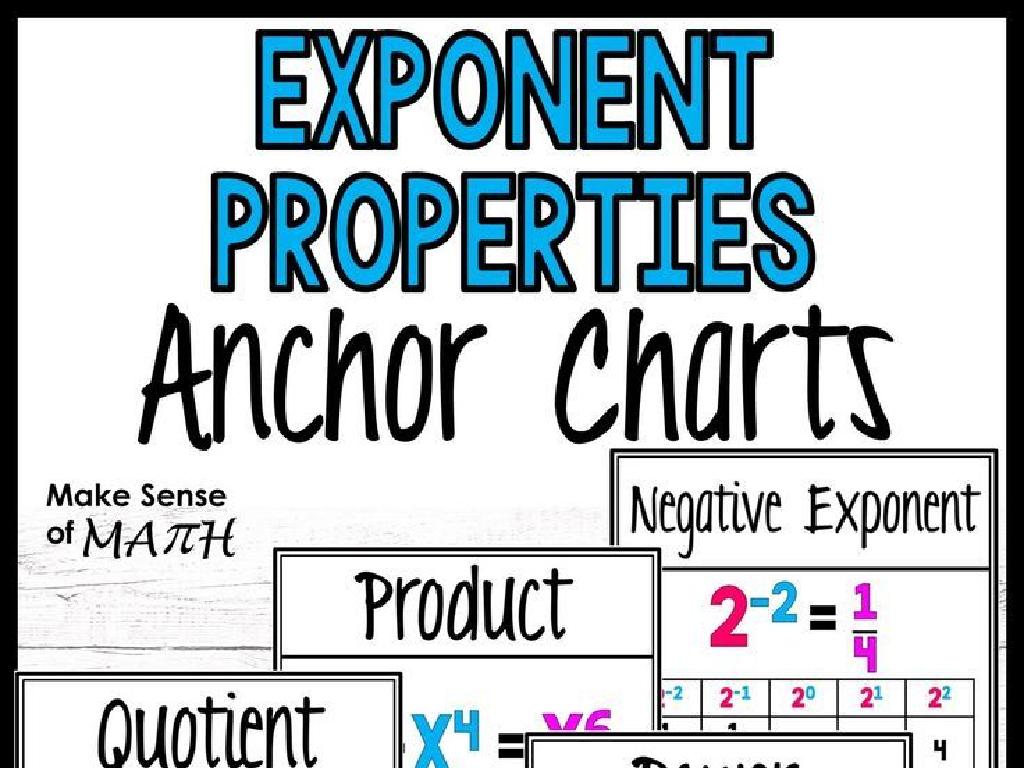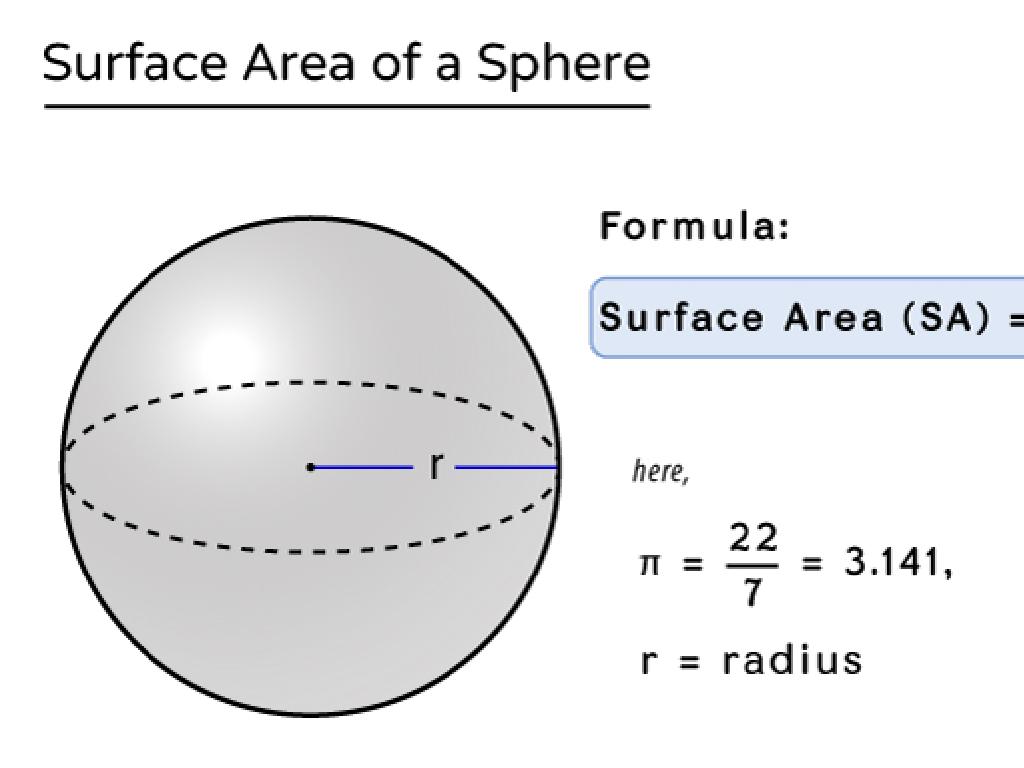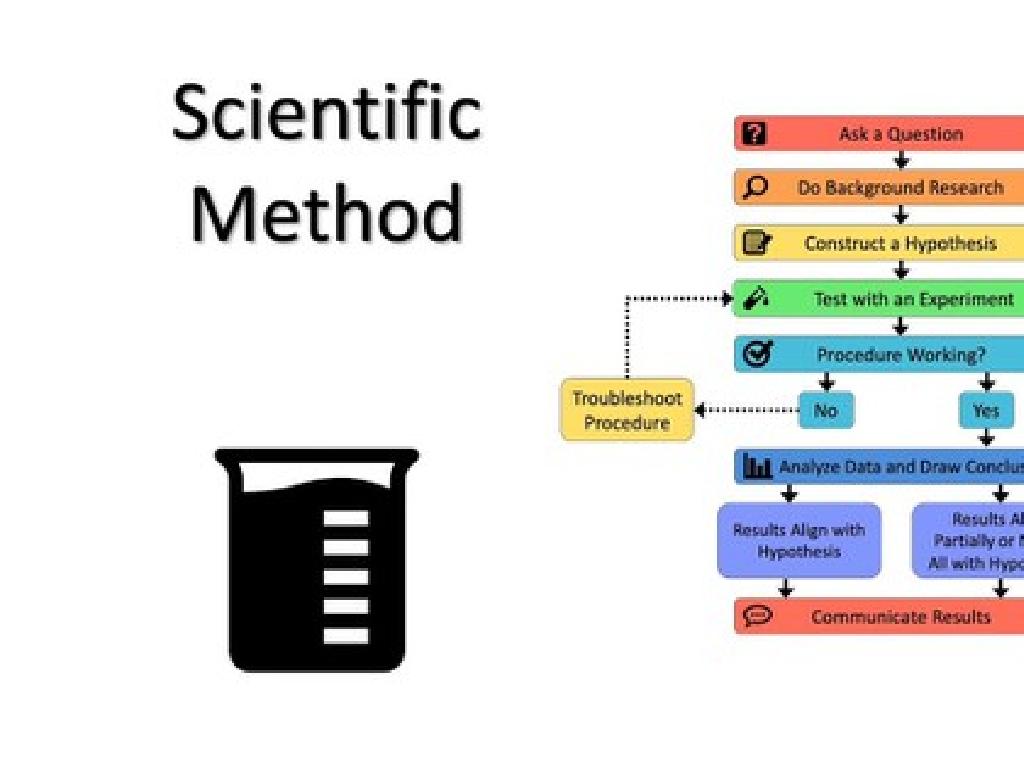Substitution And Elimination Reactions
Subject: Science
Grade: High school
Topic: Organic Chemistry
Please LOG IN to download the presentation. Access is available to registered users only.
View More Content
Introduction to Organic Chemistry
– Basics of Organic Chemistry
– Study of carbon-based compounds and their reactions.
– Organic Chemistry in daily life
– Medicines, plastics, and fuels all rely on organic chemistry.
– Overview of reaction types
– Includes addition, substitution, elimination, and more.
– Focus on substitution & elimination
– Substitution involves replacing an atom; elimination removes elements forming a double bond.
|
This slide introduces students to the fundamental concepts of Organic Chemistry, emphasizing its ubiquity in everyday life and the variety of reactions that organic compounds can undergo. Begin by explaining that Organic Chemistry is the study of carbon-containing compounds, which are the basis of all life on earth. Highlight how it’s integral to numerous industries and applications, from pharmaceuticals to agriculture. Provide a brief overview of the types of reactions, focusing on substitution and elimination reactions, which will be the core of this unit. Explain that substitution reactions involve the exchange of one functional group for another, while elimination reactions result in the removal of atoms from a molecule, often forming a double bond. This sets the stage for a deeper dive into the mechanisms and applications of these reactions in subsequent lessons.
Substitution Reactions in Organic Chemistry
– Define Substitution Reactions
– A reaction where one atom/group is replaced by another
– Types: SN1 vs SN2
– SN1: unimolecular, two-step; SN2: bimolecular, one-step
– Key characteristics of SN1
– SN1: rate depends on substrate; forms carbocation intermediate
– Key characteristics of SN2
– SN2: rate depends on substrate and nucleophile; inversion of configuration
|
This slide introduces the concept of substitution reactions, a fundamental type of chemical reaction in organic chemistry where one atom or group of atoms is replaced by another. Highlight the two main types of substitution reactions: SN1, which is unimolecular and involves a two-step mechanism, and SN2, which is bimolecular and involves a one-step mechanism. Emphasize the key characteristics of SN1 reactions, such as their dependency on the substrate concentration and the formation of a carbocation intermediate. Contrast this with SN2 reactions, which depend on both the substrate and the nucleophile concentration and result in an inversion of the molecular configuration. Provide examples of each type to illustrate the differences, such as the substitution of a halogen in an alkyl halide with a hydroxide ion.
Mechanism of SN1 Reactions
– SN1 reaction mechanism explained
– Unimolecular nucleophilic substitution, where ‘1’ signifies the rate-determining step involves one molecule.
– Carbocation intermediate’s role
– A positively charged intermediate formed when the leaving group departs before the nucleophile adds.
– Factors affecting SN1 reactions
– Solvent type, leaving group stability, and substrate structure dictate reaction efficiency.
– Influence of solvent and structure
– Polar protic solvents and tertiary substrates favor SN1, while good leaving groups enhance it.
|
The SN1 reaction mechanism is a two-step process involving the formation of a carbocation intermediate. The ‘S’ stands for substitution, ‘N’ for nucleophilic, and ‘1’ indicates that the rate-determining step is unimolecular. In this step, the leaving group departs, forming a carbocation, which is then attacked by the nucleophile. Factors that affect the rate of SN1 reactions include the solvent’s polarity, the stability of the leaving group, and the substrate’s structure. Polar protic solvents stabilize the carbocation and nucleophile, aiding the reaction. Tertiary substrates form more stable carbocations, thus reacting faster. Good leaving groups are those that can stabilize the negative charge after departure. This slide will delve into these concepts, providing a foundation for understanding SN1 reactions in organic chemistry.
Mechanism of SN2 Reactions
– SN2 reaction mechanism explained
– A bimolecular process where the nucleophile attacks from the opposite side, displacing the leaving group.
– Stereochemistry in SN2 reactions
– Results in inversion of configuration at the chiral center, like an umbrella flipping inside out.
– Factors influencing SN2 reactions
– Strong nucleophiles and weak leaving groups favor SN2; bulky molecules hinder it.
– Nucleophile and leaving group roles
– Good nucleophiles are often negatively charged, while good leaving groups can stabilize extra electrons.
|
The SN2 reaction is a type of substitution reaction in organic chemistry where a nucleophile attacks the electrophilic carbon from the opposite side of the leaving group, leading to its displacement. This is a single-step, bimolecular process characterized by a transition state where the nucleophile and leaving group are both partially bonded to the carbon. The stereochemistry of SN2 reactions is crucial, as they result in an inversion of configuration at the chiral center, akin to an umbrella flipping inside out in the wind. Factors that affect the rate of SN2 reactions include the strength of the nucleophile, the quality of the leaving group, and the degree of steric hindrance. Strong, negatively charged nucleophiles are typically more reactive, while good leaving groups are those that can stabilize the negative charge after departure. Steric hindrance, or the presence of bulky groups around the reactive center, can slow down or prevent SN2 reactions.
Understanding Elimination Reactions
– Define elimination reactions
– Reactions where simple molecules like H2O or HCl are removed from organic compounds, forming a double bond.
– Types: E1 and E2 reactions
– E1 involves a two-step mechanism; E2 proceeds in one step.
– Characteristics of E1 reactions
– E1: Carbocation intermediate, unimolecular, rate depends on concentration of one reactant.
– Characteristics of E2 reactions
– E2: Concerted mechanism, bimolecular, rate depends on concentration of both substrate and base.
|
Elimination reactions are a fundamental part of organic chemistry, where simple molecules are removed from organic compounds, often resulting in the formation of a double bond. There are two primary types of elimination reactions: E1 and E2. E1 reactions are characterized by a two-step mechanism involving the formation of a carbocation intermediate and are unimolecular, meaning the rate of reaction depends only on the concentration of the substrate. In contrast, E2 reactions proceed through a single, concerted step without intermediates and are bimolecular, with the rate depending on the concentration of both the substrate and the base. Understanding the differences between these reactions is crucial for predicting reaction outcomes and mechanisms.
Mechanism of E1 Reactions
– E1 reaction mechanism explained
– A two-step process involving carbocation intermediate formation and then loss of a leaving group to form an alkene.
– How alkenes are formed
– The carbocation rearranges to form the most stable alkene as the product.
– Factors influencing E1 reactions
– Solvent type, leaving group stability, and substrate structure greatly impact reaction rate and outcome.
|
This slide aims to break down the E1 reaction mechanism into understandable parts for high school students. Begin with an explanation of the E1 mechanism, emphasizing that it is a two-step process where the first step is the formation of a carbocation intermediate by the loss of a leaving group. The second step is the formation of the alkene product. Highlight the importance of the stability of the carbocation in determining the major product. Discuss how the solvent, leaving group, and substrate structure affect the reaction. For example, polar protic solvents and stable leaving groups favor E1 reactions. The more substituted the carbocation, the more stable it is, thus affecting the reaction’s outcome. Provide examples of different solvents, leaving groups, and substrate structures to illustrate these points.
Mechanism of E2 Reactions
– E2 reaction mechanism explained
– A one-step process where a base removes a proton as a leaving group departs.
– Base’s role in E2 reactions
– The base abstracts a proton, allowing the leaving group to leave and form a double bond.
– Stereochemistry in E2 reactions
– Involves anti-coplanar geometry; the leaving group and proton must be on opposite sides.
– Regioselectivity in E2 reactions
– The more substituted alkene product is favored due to its stability.
|
The E2 mechanism is a second-order elimination process important in organic chemistry. It’s a single-step reaction where the base plays a crucial role by abstracting a proton, which is simultaneous with the departure of the leaving group, leading to the formation of a pi bond. Stereochemistry is key in E2 reactions; for the reaction to occur, the hydrogen and leaving group must be antiperiplanar. Regioselectivity is observed as the reaction typically favors the formation of the more substituted, and thus more stable, alkene. This slide will help students visualize the concerted nature of E2 reactions and understand the factors that influence the outcome, such as the structure of the substrate and the strength of the base.
Comparing Substitution and Elimination Reactions
– Predicting Substitution vs. Elimination
– Factors favoring Substitution
– Substitution occurs with stable carbocations and good nucleophiles.
– Factors favoring Elimination
– Elimination is favored by bulky bases and high temperatures.
– Strategies to predict reaction outcomes
– Use molecule structure, reagents, and conditions to predict.
|
This slide aims to help students understand the conditions that favor either substitution or elimination reactions in organic chemistry. Substitution reactions typically occur when there is a stable carbocation and a strong nucleophile is present, while elimination reactions are more likely when bulky bases are involved and the reaction is conducted at higher temperatures. To predict the outcome of a reaction, students should analyze the molecular structure, the reagents being used, and the reaction conditions. Encourage students to practice by looking at various organic compounds and predicting the type of reaction that would occur under different scenarios. This will help them develop a deeper understanding of reaction mechanisms and the factors that influence them.
Substitution vs. Elimination: Examples & Practice
– Detailed examples of reactions
– Explore SN1, SN2, E1, E2 mechanisms with specific reactants and products.
– Interactive class problem-solving
– Engage students with problems they solve on the board.
– Discuss common mistakes
– Point out errors like confusing substrates or conditions.
– Tips for solving problems
– Strategies like identifying good leaving groups or nucleophiles.
|
This slide aims to deepen students’ understanding of substitution and elimination reactions through hands-on examples and interactive problem-solving. Begin by walking through detailed examples of both reaction types, emphasizing the mechanisms (SN1, SN2, E1, E2) and the conditions under which they occur. Engage the class with interactive problems, encouraging students to approach the board to solve them, fostering a collaborative learning environment. Highlight common mistakes, such as mixing up reaction types or misidentifying substrates, and provide clear tips for avoiding these errors. Conclude with strategies for solving problems, such as recognizing good leaving groups or strong nucleophiles, and the importance of solvent choice. This approach will help students differentiate between reaction types and apply their knowledge effectively.
Class Activity: Reaction Role-Play
– Divide into small groups
– Role-play a reaction type
– Choose to be a substitution or elimination reaction
– Demonstrate the mechanism
– Use props to show how molecules interact
– Present your role-play
|
This activity is designed to help students understand the concepts of substitution and elimination reactions through an interactive role-play. Divide the class into small groups and assign each group to role-play either a substitution or an elimination reaction. Provide guidance on how they can use props to represent molecules and how they interact during the reaction. Encourage creativity in their demonstrations. Each group will then present their role-play to the class, explaining the steps of the reaction mechanism they are representing. For the teacher: Prepare a list of possible reactions for substitution and elimination that students can choose from. Ensure that each group understands their assigned reaction type. Offer examples of props they could use, such as colored balls for atoms and sticks for bonds. After presentations, facilitate a discussion on the observed mechanisms and how they relate to real-world chemical processes.






